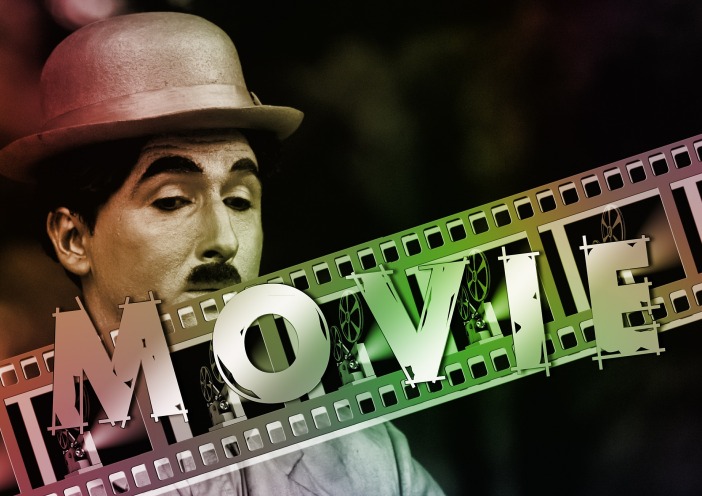
Okay, so you have produced a short film. Congratulations!!! This is a huge step that you have taken. You are either incredibly excited or completely exhausted. Probably a little of both. So what do you do now? You have a film that you are incredibly proud of and you want to get it out there to be seen by your peers as well as by industry people. Hopefully, this will lead to some paying work. I have 4 films that have gone to film festivals…so let me tell you how I did it. Maybe you can get an idea of what the process will be.
- What Festival Do I Submit To??? – I think that this is where most young filmmakers make their first mistake. They submit their films to Sundance, and Toronto and Cannes and Berlin…All the major festivals. Now this is great, but odds are that this will be a waste of money. First, you need to determine who your audience is. Is your film a horror film? Is it a film made for women by women? Is it a family drama? Is it a documentary? I only ask you this because it is a waste of your entrance fee if you submit a family drama to a horror festival. And vice-versa. Once you get a firm idea of your audience, then you will have narrowed your niche of festivals to submit.
- What Platform Do I Use? – There are 2 widely used submission platforms that you can use. I started out using Withoutabox.com for my submissions but then moved to Film Freeway. Here are several of the main differences. A.)With Film Freeway fees are cheaper. Withoutabox has 3-4 fees to use their submission platform and Film Freeway has only 1. B) Film Freeway allows you to submit a link with your submission. This is vital because your film should be seen in high-quality mode, and WAB has a very poor system in which to view your film. Unless you make a copy and send it thru the mail. C) WAB has more places to submit to, but Film Freeway is improving daily. D) If you are a student, there are many festivals on Film Freeway that allow you to submit for free. E) Film Freeway allows you to search by genre. My latest film is a horror film. I found over 100 festivals that were specific to horror. I then was able to submit specifically to them, which upped my odds of success.
- Time Moves Slowly Here – This can be very nerve-wracking if you are in a hurry for some response. You Must Be Patient! I submitted my film to 92 film festivals back in July 2015, and about 30% still have not responded. This is probably due to the fact that the festivals themselves are still out in the future. But what I’m trying to say here is this: Stay calm and be patient.
- Do I Attend? – This is a very individual question that only you can answer. Do you have the finances to travel to the festival? If you do, that’s great. Choose your festivals wisely. Go to festivals where there will be industry people attending and other filmmakers. This is a time to meet with many of your peers as possible. Make it count.
In conclusion, getting into a film festival is very exciting. It shows that someone has actually enjoyed your film and wants to share it with others in their festival. This is a good thing. Be happy and be grateful. There are literally thousands of submissions every year to every festival. You got in. Try and make the most of it.
Want to learn how to make your own film projects? Auteur Film School offers amazing home-study courses in filmmaking. Email us for a prospectus: filmschool@auteurfilms.co.za
Follow us on Facebook
****************
About the writer:
John Montana is an actor living with his wife in L.A. His most recent film, “Hungry” has been accepted into 24 film festivals internationally. Check out his short film – HUNGRY at No Title Production Films.


